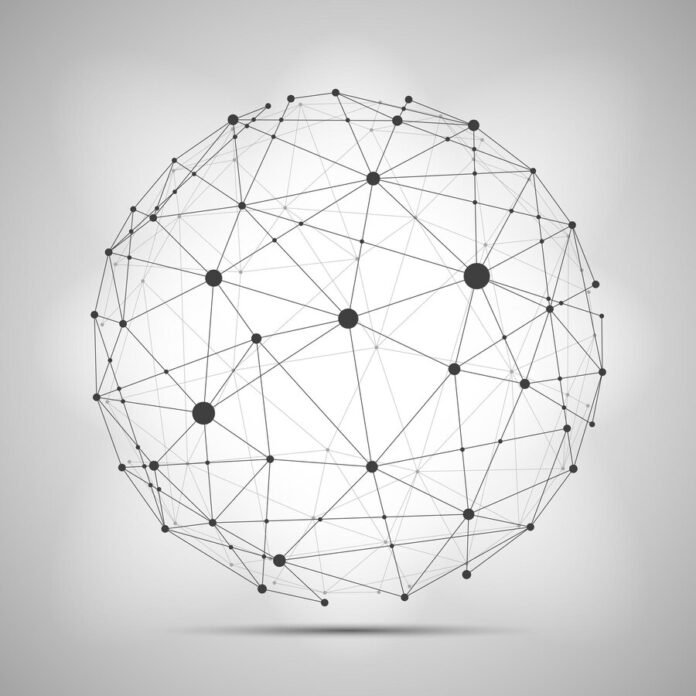Introduction
Topology is a fascinating branch of mathematics that studies the properties of space preserved under continuous deformations, such as stretching, twisting, and bending—but not tearing or gluing. Often referred to as “rubber-sheet geometry,” topology focuses on the fundamental structure of objects rather than exact measurements like distance or angle. From the intricate loops of a Möbius strip to the complex networks in data science, topology provides powerful tools for understanding shapes, surfaces, and spaces in both theoretical and applied contexts. This article explores key concepts in topology, their significance, and real-world applications.
1. What Is Topology? Understanding the Basics
Topology is the study of geometric properties that remain unchanged under continuous transformations. Unlike traditional geometry, which concerns itself with precise measurements, topology examines more abstract qualities such as connectedness, compactness, and continuity. For example, a coffee mug and a doughnut are topologically equivalent because one can be smoothly deformed into the other without cutting or pasting. This concept, known as homeomorphism, is central to topology. By focusing on invariants—properties that do not change—topologists classify spaces and shapes in ways that reveal deep mathematical truths.
2. Key Concepts in Topology: From Open Sets to Homotopy
Topology introduces several fundamental ideas that form the backbone of the discipline. Open sets and closed sets define the structure of a topological space, allowing mathematicians to generalize notions like convergence and continuity. Compactness ensures that a space behaves in a controlled manner, while connectedness describes whether a space is in one piece or split into multiple parts. Another crucial concept is homotopy, which studies how one shape can continuously transform into another. These ideas extend beyond pure mathematics, influencing fields such as physics, computer science, and engineering.
3. Types of Topological Spaces: Metric, Manifolds, and More
Topological spaces come in various forms, each with unique properties. A metric space is equipped with a distance function, allowing precise measurement between points. Manifolds are spaces that locally resemble Euclidean space, making them essential in studying surfaces and higher-dimensional geometry. Other important types include Hausdorff spaces, where points can be separated by neighborhoods, and compact spaces, where every open cover has a finite subcover. These classifications help mathematicians analyze different kinds of spaces, from simple curves to multidimensional universes.
4. Applications of Topology: Beyond Pure Mathematics
While topology originates in abstract mathematics, its applications are vast and impactful. In physics, topological principles explain phenomena like quantum field theory and the behavior of materials in condensed matter physics. Data science leverages topological data analysis (TDA) to extract meaningful patterns from complex datasets. Biology uses topology to study protein folding and DNA structures, while computer science applies graph theory—a branch of topology—to network design and algorithm optimization. The versatility of topological methods demonstrates their profound relevance across disciplines.
5. Famous Theorems and Conjectures in Topology
Topology is home to some of the most profound theorems and unsolved problems in mathematics. The Brouwer fixed-point theorem states that any continuous function on a closed ball must have at least one fixed point, with applications in economics and game theory. The Poincaré conjecture, famously proven by Grigori Perelman, asserts that a simply connected 3-dimensional manifold is equivalent to a sphere. Other notable results include the Jordan curve theorem and the classification of surfaces, which provide deep insights into spatial structures. These theorems highlight the elegance and complexity of topological research.
6. The Future of Topology: Emerging Trends and Research
As mathematics evolves, topology continues to expand into new frontiers. Advances in algebraic bridge abstract algebra with geometric intuition, while computational develops algorithms for analyzing high-dimensional data. Researchers explore topological quantum computing, where quantum states are manipulated using topological properties for error-resistant computation. Additionally, interdisciplinary collaborations with biology, robotics, and material science push the boundaries of how topology shapes our understanding of the world. The future promises even deeper discoveries, reinforcing topology’s role as a cornerstone of modern mathematics.
Conclusion
Topology is more than just an abstract mathematical discipline—it is a powerful lens through which we examine the fundamental nature of space, shape, and continuity. From theoretical constructs to real-world applications, its influence spans across science, technology, and engineering. As research progresses, will undoubtedly continue to unveil new insights, solving complex problems and reshaping our understanding of the universe. Whether studying the twists of a knot or the structure of the cosmos, remains an essential and dynamic field of exploration.


